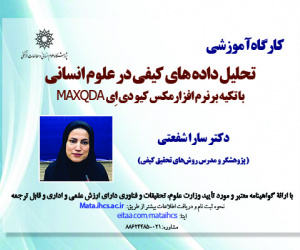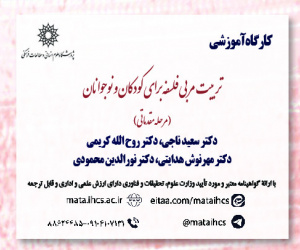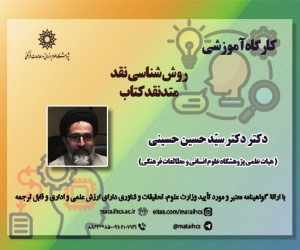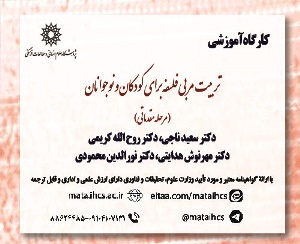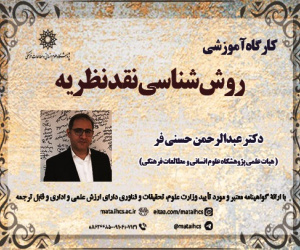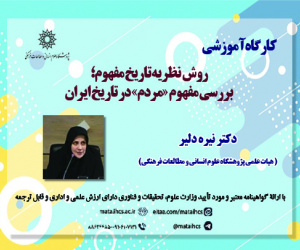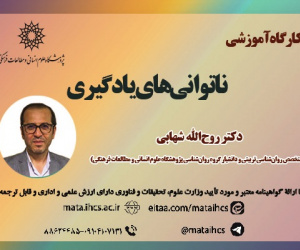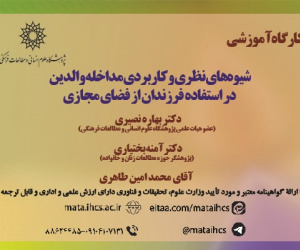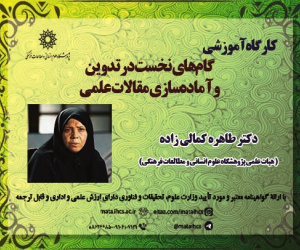چارچوب دوسویه میان منظر فرهنگی و بازآفرینی شهری (مقاله علمی وزارت علوم)
درجه علمی: نشریه علمی (وزارت علوم)
آرشیو
چکیده
بازآفرینی شهری، یکی از تدابیر توسعه شهری است که به دلیل ابعاد و اصول منعطف خود، اغلب با رویکردی خاص همراه شده و سمت وسویی مشخص یافته که در آن بنیان های نظری استوارتر و اقدامات اجرایی عملیاتی تر گردیده است. امروزه، گسترش شهرها علاوه بر تغییر فضای کالبدی، بر وجوه دیگری ازجمله فرهنگ و محیط زیست تأثیرگذار بوده و شکاف عمیقی میان انسان و بستر طبیعی او به وجود آورده است. منظرفرهنگی به واسطه تبیین ارزش های برآمده از تعامل انسان و محیط، اسلوب مؤثری ارائه می دهد که در آن بنیان های بازآفرینی بر ارزش ها متمرکز شده و از طرف دیگر توان اجرایی بازآفرینی نیز در خدمت تجدید حیات مناظر به کار گرفته شود. هدف این پژوهش دستیابی به چارچوبی دوسویه به منظور تعامل میان منظرفرهنگی و بازآفرینی شهری است که با روش مطالعه کیفی و تحلیلی و با تأمل بر مفاهیم منظرفرهنگی و بازآفرینی انجام شده است. این پژوهش درانتها به مؤلفه ارزش های نخستین و ارزش های درگذر زمان از مفهوم منظرفرهنگی و دو مؤلفه ابعاد و اصول برآمده از مطالعات بازآفرینی شهری دست می یابد که درنهایت این چهار مؤلفه، چارچوبی دوسویه ارائه می دهد که از یک سو موجب ارتقاء بن مایه های مفهومی بازآفرینی شده و از سوی دیگر باعث تحقق عملیاتی حفاظت و توسعه ارزش ها گردیده که درنهایت سبب همگرایی بنیان های نظری و عملی میان منظرفرهنگی و بازآفرینی می شود.The Two-Way Framework between Cultural Landscape and Urban Regeneration
In recent decades, urban regeneration has emerged as a vital measure for urban development, aimed at addressing and resolving various urban problems . In addition to serving as a strategy for revitalizing distressed urban areas, urban regeneration also reflects a specific set of approaches shaped by its flexible dimensions and principles. This flexibility has helped refine its conceptual framework, strengthen its theoretical foundation, and enhance the effectiveness of implementation.
As urban expansion has not only altered the physical landscape but also impacted various aspects of urban life, including culture and the environment, resulting in a significant gap between humans and their natural surroundings. With its holistic view of humans and nature, the concept of the cultural landscape offers an effective approach to urban regeneration, emphasizing the interaction between people, the environment, culture, and nature. Additionally, the principles of management and execution in urban regeneration provide essential tools for landscape revitalization.
The aim of this research is to develop a comprehensive two-way framework that illustrates the dynamic interaction between cultural landscapes and urban regeneration. In this framework, it is essential to recognize that cultural landscapes play a significant role in enriching the theoretical and conceptual underpinnings of urban regeneration . Conversely, urban regeneration harnesses its operational and executive capacity to actively conserve, preserve, and revitalize the values found within these cultural landscapes. Ultimately, the study demonstrates how this reciprocal relationship can contribute to a more integrated and holistic approach to urban renewal—one that respects historical and cultural continuity while fostering resilience and vibrancy for future urban environments.
The current research adopts a qualitative and analytical approach, referencing the most recent sources and articles. Initially, the concepts of cultural landscape and urban regeneration are explored, followed by an examination and analysis of their components. It identifies two categories of values associated with the cultural landscape concept: primary values and over-time values.
Primary values encompass physical, functional, and semantic values Over-time values refer to values added to landscapes through interaction with temporal and spatial contexts, which may evolve into primary values over time.
The components of dimensions and principles in urban regeneration represent the various aspects and scales of intervention, while the principles summarize shared guidelines derived from expert consensus.
Ultimately, these four components create a two-way framework that enhances the conceptual foundations of urban regeneration and increases the operational capacity of cultural landscapes. In doing so, the study underscores the convergence of theory and practice in creating more sustainable and culturally rooted urban development strategies.

